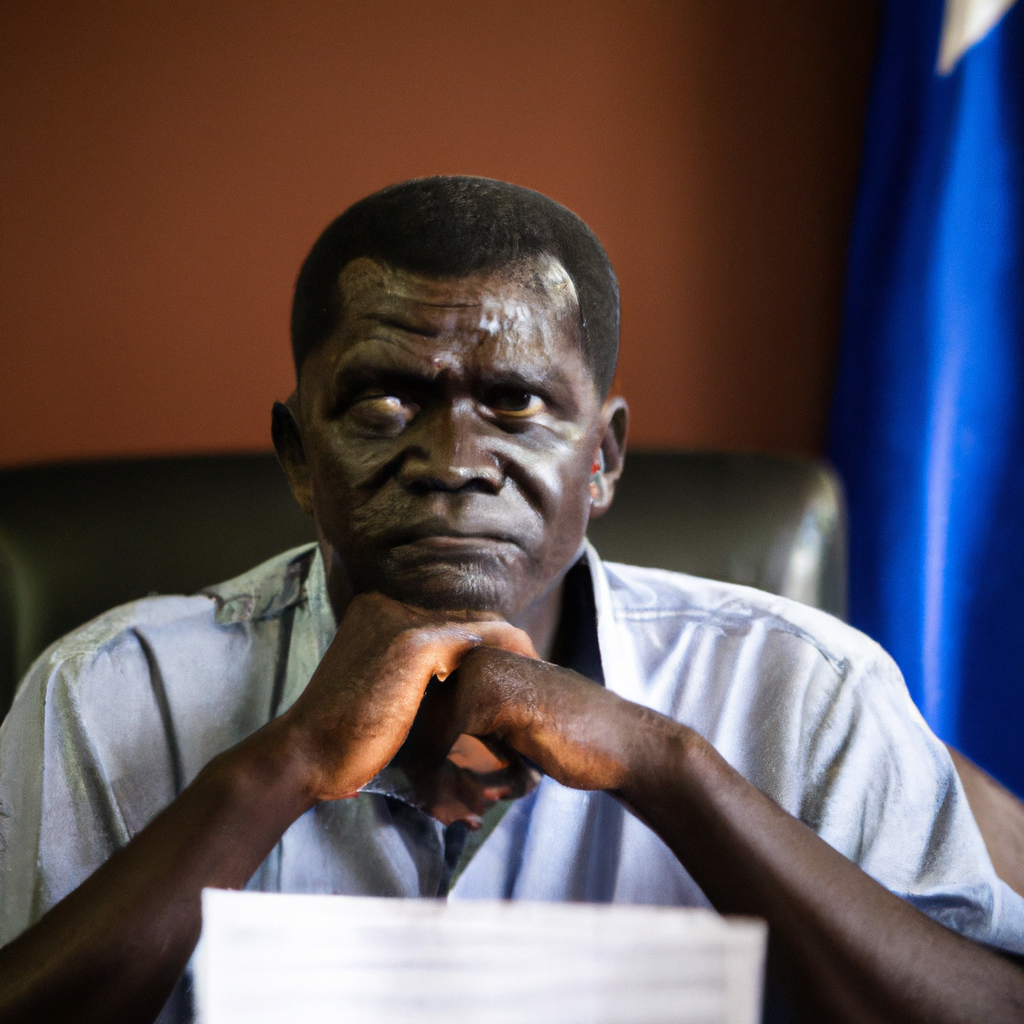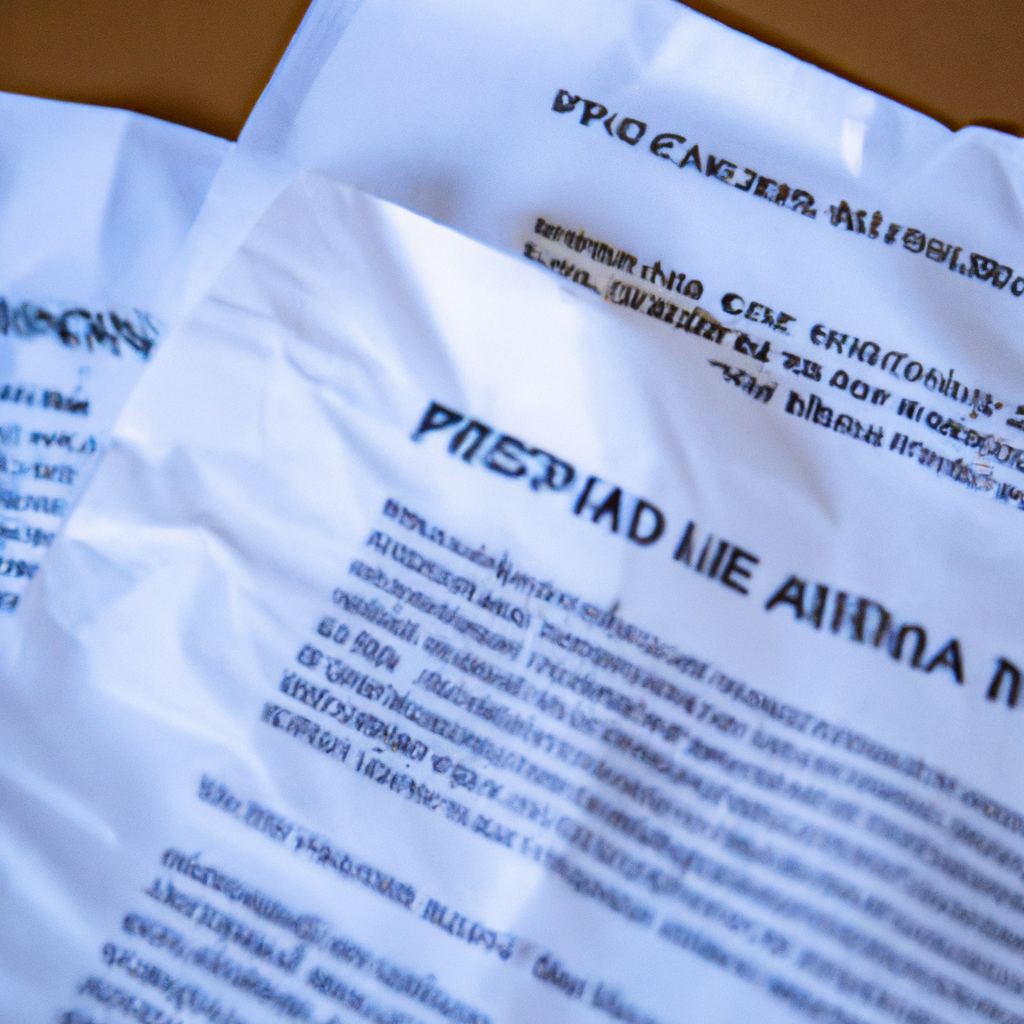The notorious leader of the Lord’s Resistance Army (LRA), Joseph Kony, has seen a significant decline in both influence and operational capability in recent years. This decline is primarily due to sustained military pressure from the Ugandan government and international forces, as well as changing dynamics in the region. While the LRA once terrorized northern Uganda and surrounding countries, recent efforts have led to the dismantling of its networks, creating a notable shift in the overall security landscape. Experts argue that this decline offers Uganda an opportunity to strengthen its recovery and development initiatives in the affected regions.
Historical Context of the LRA
The Lord’s Resistance Army, led by Kony, emerged in the late 1980s amid a backdrop of civil war in Uganda. The group gained infamy for its brutal tactics, including the abduction of children and use of guerrilla warfare. Kony’s organization claimed to fight for a government based on the Ten Commandments, but has been widely recognized as a group driven by power and violence rather than ideology.
Over the past two decades, the Ugandan government has deployed a combination of military action and community-based programs to counter the LRA. This strategy has included extensive military campaigns, particularly under the command of the Ugandan People’s Defence Force (UPDF), which targeted LRA strongholds in northern Uganda and neighboring countries.
Recent Developments
In recent years, the LRA’s capabilities have further declined. Key leadership figures have been captured or killed, and defections from the group have increased as the remaining members face insurmountable pressure. According to reports, several former combatants have returned home, contributing to peacebuilding efforts in their communities.
Furthermore, the United States and regional African nations have also played a vital role in disrupting LRA operations. The U.S. has provided logistical support and intelligence to assist the Ugandan military in their efforts to confront and dismantle the LRA. This international collaboration appears to be paying off, as the group’s presence has diminished significantly in the region.
Current Security Landscape
Although Kony remains elusive, and some splinter cells continue to operate in remote areas, their capacity for large-scale violence is drastically reduced compared to prior years. The decline of the LRA has led to improved security conditions in northern Uganda, allowing communities to begin rebuilding their lives after decades of conflict.
Local government authorities and humanitarian organizations are now focused on promoting social and economic development in regions once ravaged by the LRA. Initiatives aimed at reconstruction and rehabilitation are gaining traction, supported by both national and international stakeholders. These efforts aim not only to restore infrastructure but also to enhance the well-being of people affected by the conflict through education and psychosocial support.
Implications for Uganda’s Future
The decline of the LRA promises a brighter future for Uganda, particularly for communities in the northern regions that bore the brunt of the conflict. This transformation also presents a chance for the government to foster a more stable environment conducive to investment and development.
Key stakeholders underscore the importance of continued peacebuilding efforts, ensuring that the remnants of violence do not re-emerge. Sustaining security requires not just military action but also community engagement and support to tackle underlying issues such as poverty and unemployment, which have historically fueled conflict.
Uganda’s recent trajectory suggests that persistent advocacy and concerted efforts toward healing and rebuilding can yield long-lasting peace. The decline of the LRA could serve as a critical juncture for Uganda, where government and community action collectively pave the way for a promising and sustainable future.








